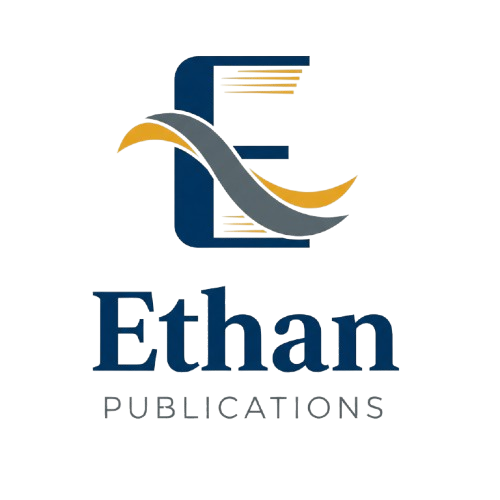A COMPREHENSIVE APPROACH TO RAILWAY LANDSLIDE RISK ASSESSMENT USING HIERARCHICAL GREY RELATION ANALYSIS
Authors: Xiao-Rong He, Yu-Tong Ji
Published: May 2024
Abstract
<p>The West Sichuan Railway in China traverses challenging terrain characterized by steep slopes and a high seismic activity, leading to the frequent occurrence of landslides and other geological disasters during both construction and operation. Landslides pose a substantial threat to passenger safety and railway infrastructure. In the Chengdu Baiyu section alone, 126 landslides have been recorded, emphasizing the urgency of landslide risk assessment and prevention [1]. Landslide risk refers to the likelihood of slope failures evolving into various forms of disasters under the influence of multiple factors [3]. This study focuses on enhancing landslide risk assessment by optimizing the selection of evaluation factors. Previous research has explored various methods for factor selection and evaluation models in landslide risk assessment. One approach employed rough set analysis, correlation analysis, and principal component analysis to identify landslide evaluation factors, subsequently utilizing support vector machine models for landslide susceptibility evaluation [4]. This method demonstrated improvements in evaluation accuracy by reducing and refining evaluation factors. Another study applied the Apriori algorithm for correlation analysis of landslide evaluation factors and employed the Random Forest model for landslide susceptibility evaluation, resulting in more accurate evaluation results closely aligned with actual landslide distribution [5]. Additionally, genetic algorithms and rough set analysis were employed to screen landslide evaluation factors, coupled with BP neural networks for landslide susceptibility evaluation, revealing higher evaluation model accuracy with reduced factors [6]. Models like BP neural networks, support vector machines, Logistic regression, and Random Forest have consistently shown strong performance in landslide susceptibility assessment [7][8][9][10]. In a comparative study, the Random Forest model outperformed Logistic regression, Multilayer perceptron, and gradient enhancement tree models in landslide risk assessment [11].</p>
Full Text
No full text available
Cite this Article
References
- No references available.
